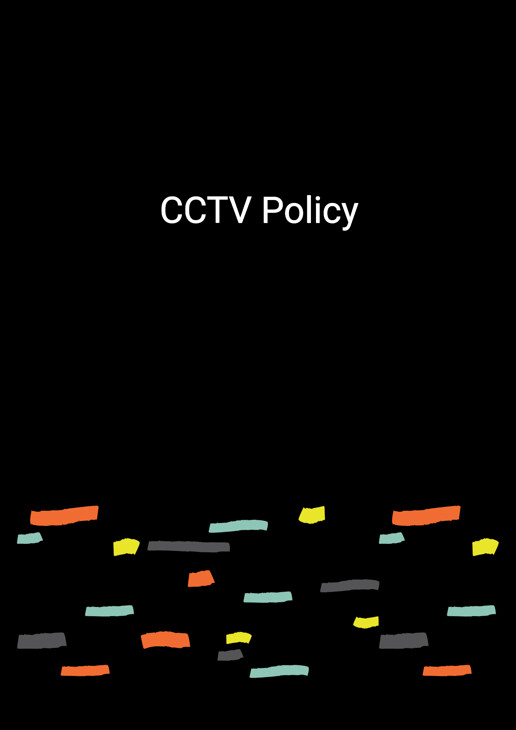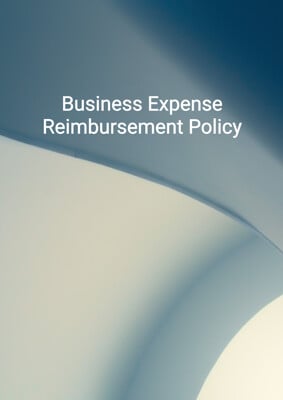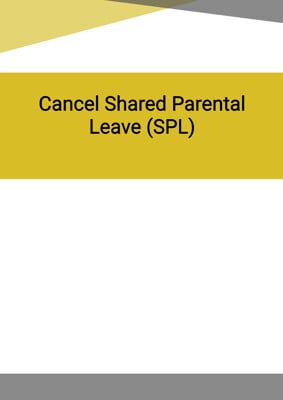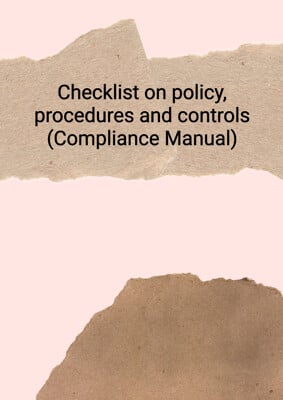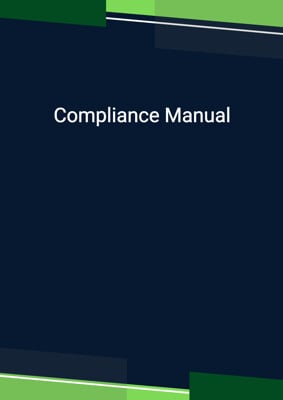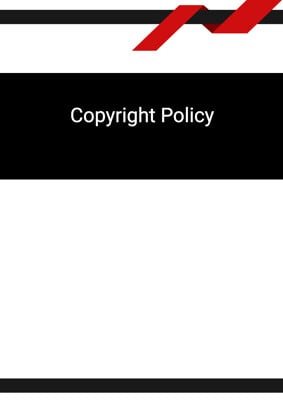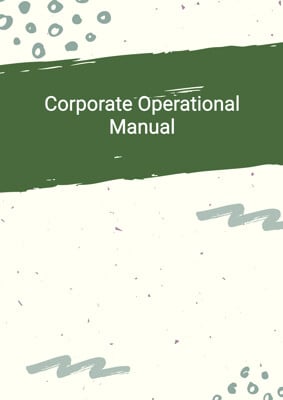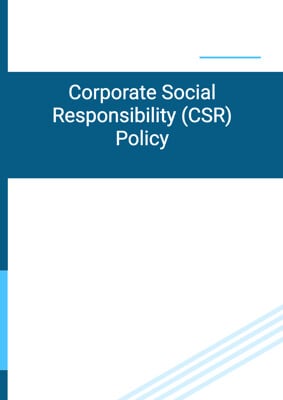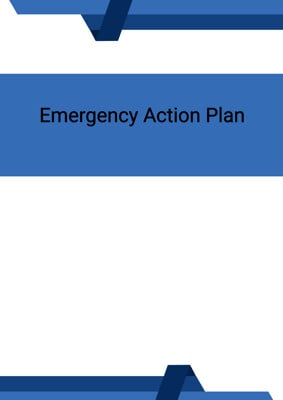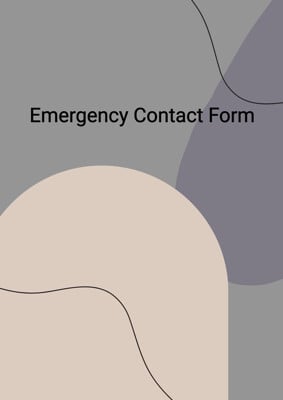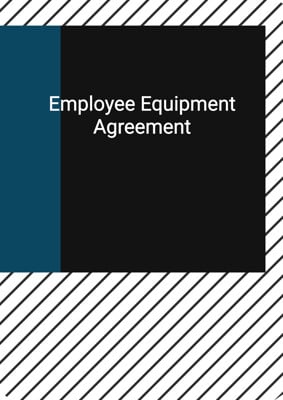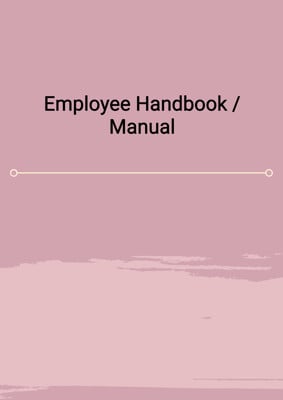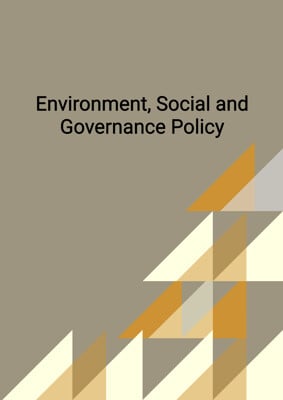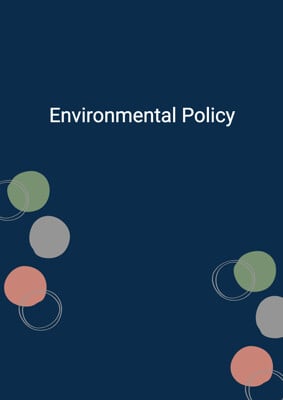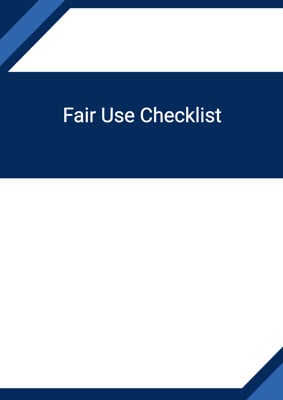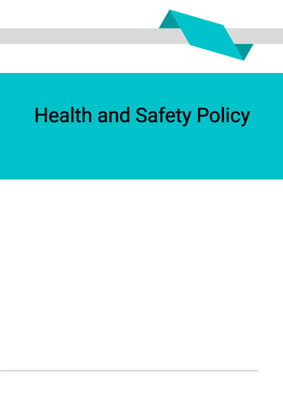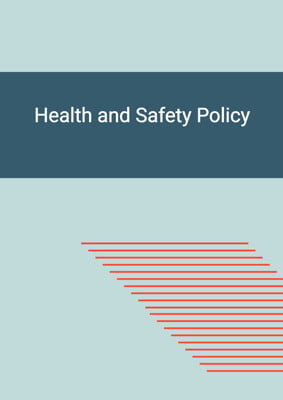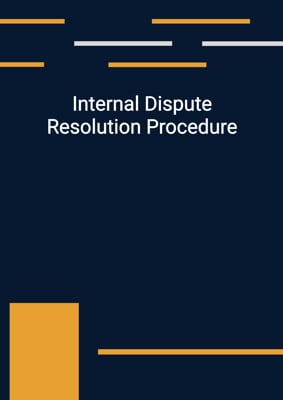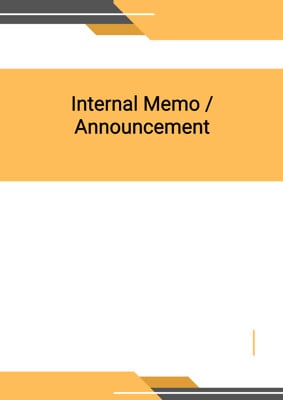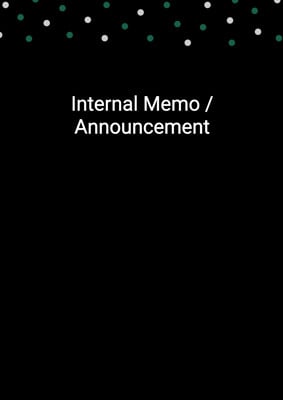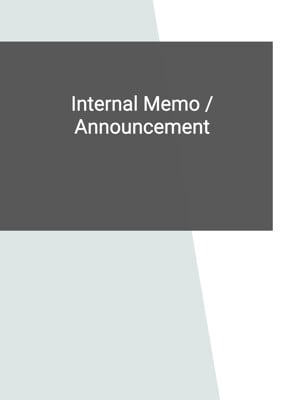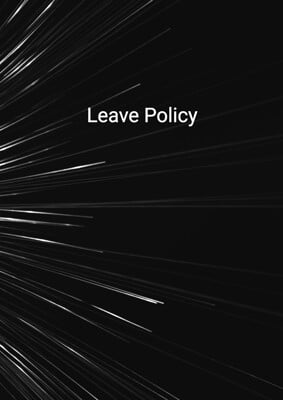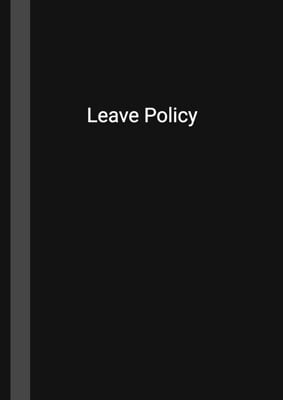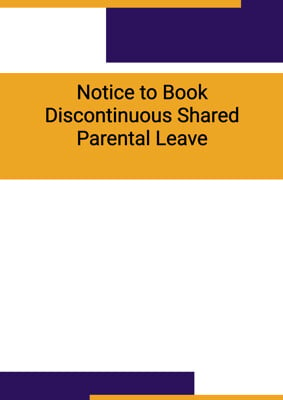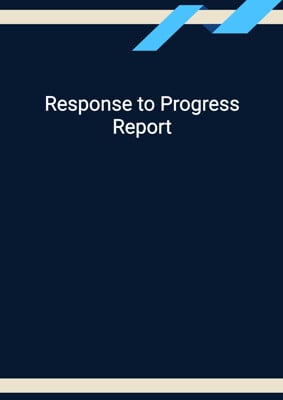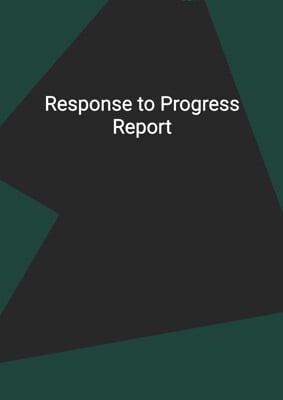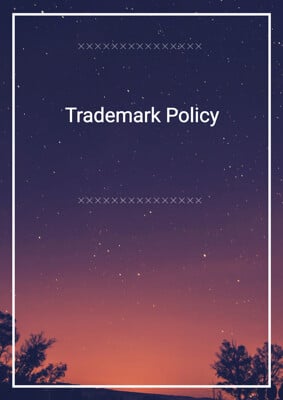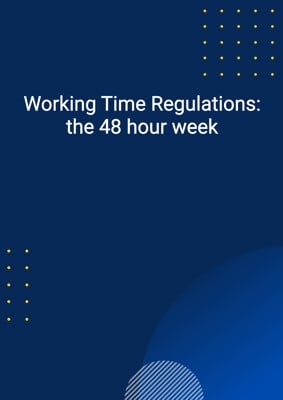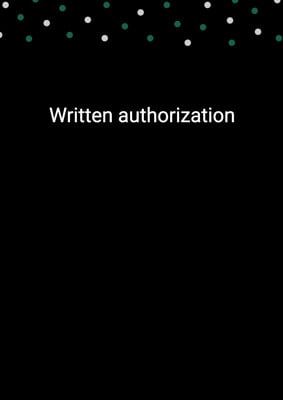How to Tailor the Document for Your Need?
01
Create Document
Click "Create Document" button and the document will be prepared with your account details automatically filled in.
02
Fill Information
Please fill in any additional information by following the step-by-step guide on the left hand side of the preview document and click the "Next" button.
03
Get Document
When you are done, click the "Get Document" button and you can download the document in Word or PDF format.
04
Review Document
Please review the document carefully and make any final modifications to ensure that the details are correct before publication / distribution.
Document Preview
Document Description
The CCTV Policy document is a comprehensive policy that outlines the usage and management of CCTV and other surveillance systems within the organization. The document begins with a clear definition of terms related to CCTV and data protection. It explains the roles and responsibilities of different personnel involved in the implementation and operation of the policy.
The policy statement emphasizes the importance of CCTV in maintaining a safe working environment while also addressing privacy concerns. It highlights the legal obligations of the organization and the potential consequences of misusing CCTV information.
The document provides detailed information about the usage of CCTV, including its purpose, monitoring practices, and the operation of CCTV cameras. It explains that signs will be displayed to inform individuals about the presence of CCTV cameras and the purpose of their usage. Only authorized staff will have access to live feeds and recordings.
The policy also covers the use, retention, and erasure of data gathered by CCTV. It emphasizes the need to store and process data securely, including the possibility of encrypting the data. The document mentions the involvement of third parties in data processing and the establishment of contractual safeguards.
Furthermore, the policy addresses the use of additional surveillance systems and the requirement for privacy impact assessments before their implementation. It explicitly states that covert surveillance is strictly prohibited.
The document emphasizes the organization's commitment to ongoing review and evaluation of CCTV usage to ensure its necessity and appropriateness. It also outlines the procedures for disclosure requests, subject access requests, and queries related to the policy.
Overall, the CCTV Policy document provides a detailed framework for the responsible and lawful usage of CCTV and other surveillance systems within the organization, ensuring the protection of individuals' privacy rights and compliance with data protection laws and regulations.
How to use this document?
1. Display signs: Ensure that signs are displayed at the locations where CCTV cameras are installed, informing individuals about the capturing and recording of images and videos.
2. Authorized access: Only allow authorized staff, who require access for their work-related duties, to view live feeds and recordings from CCTV cameras. Ensure that access is limited to private rooms allocated for this purpose.
3. Secure data storage: Store all recorded data from CCTV cameras in a secure manner to protect the rights of individuals. Consider encrypting the data for additional security.
4. Third-party involvement: If engaging third parties for data processing, establish contractual safeguards to maintain the security of the data.
5. Retention and erasure: Determine the length of time for storing images and video recordings based on legitimate business purposes. Permanently delete data when it no longer serves any legitimate business purpose.
6. Privacy impact assessment: Conduct a privacy impact assessment before implementing new surveillance systems or CCTV cameras. Consider the necessity, proportionality, and potential limitations of such installations.
7. Prohibition of covert surveillance: Ensure that covert surveillance, where individuals are unaware of being monitored, is never practiced.
8. Ongoing review: Regularly review the usage of CCTV and surveillance systems to assess their necessity, appropriateness, and alignment with legitimate business purposes.
9. Disclosure requests: Share stored data with other companies within the group if necessary for legitimate business purposes. Obtain express permission for sharing with third parties, except in cases where legal proceedings or court orders require disclosure.
10. Subject access requests: Respond to data subject access requests in accordance with applicable laws and regulations. Request specific details regarding the date, time, and location of recorded footage.
11. Queries: Direct any questions or concerns about the CCTV policy to the designated contact.
12. Restrict processing: Be aware of individuals' rights to object to data processing and prevent automated decision making. Address any queries related to this matter promptly.
Not the right document?
Don’t worry, we have thousands of documents for you to choose from:
